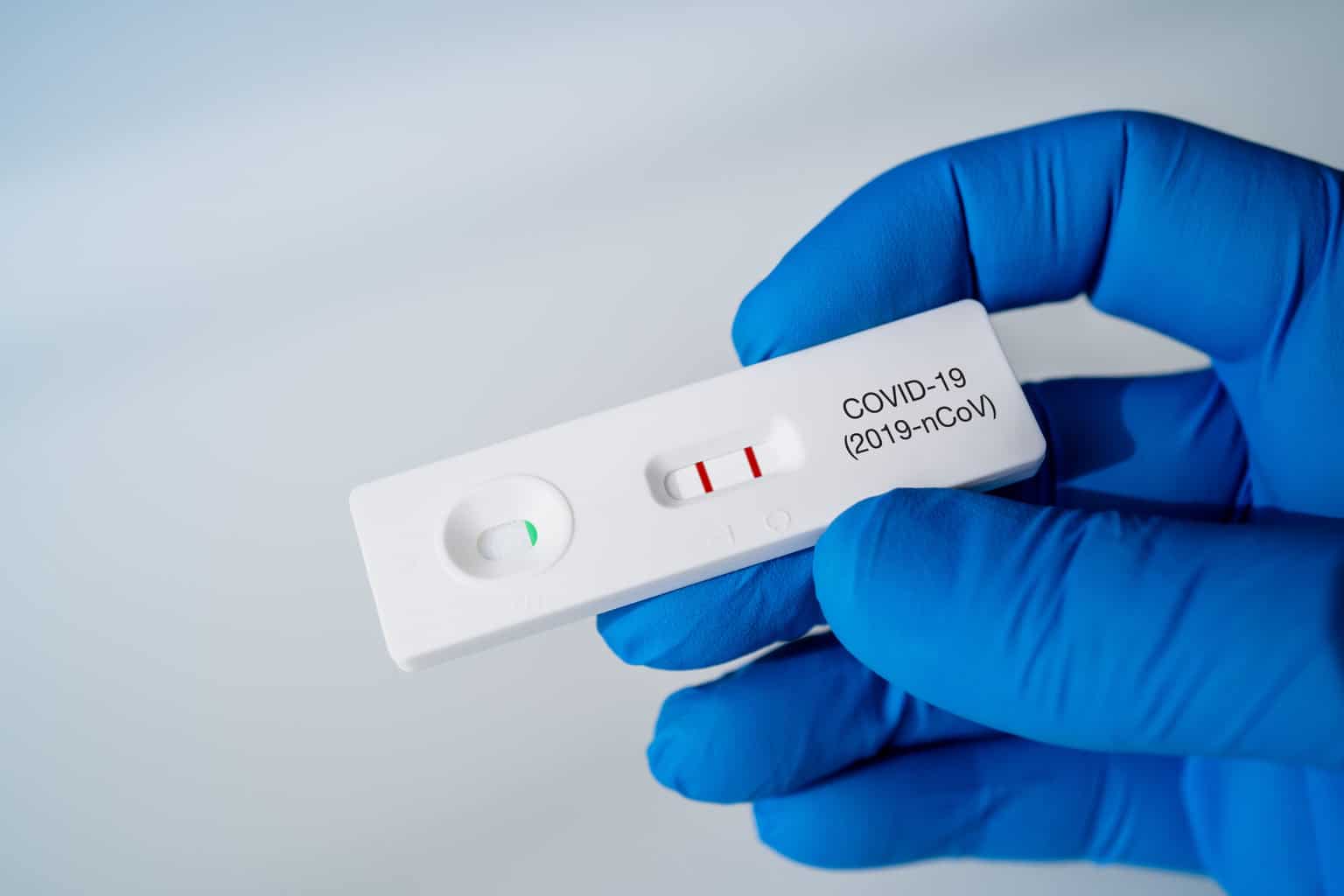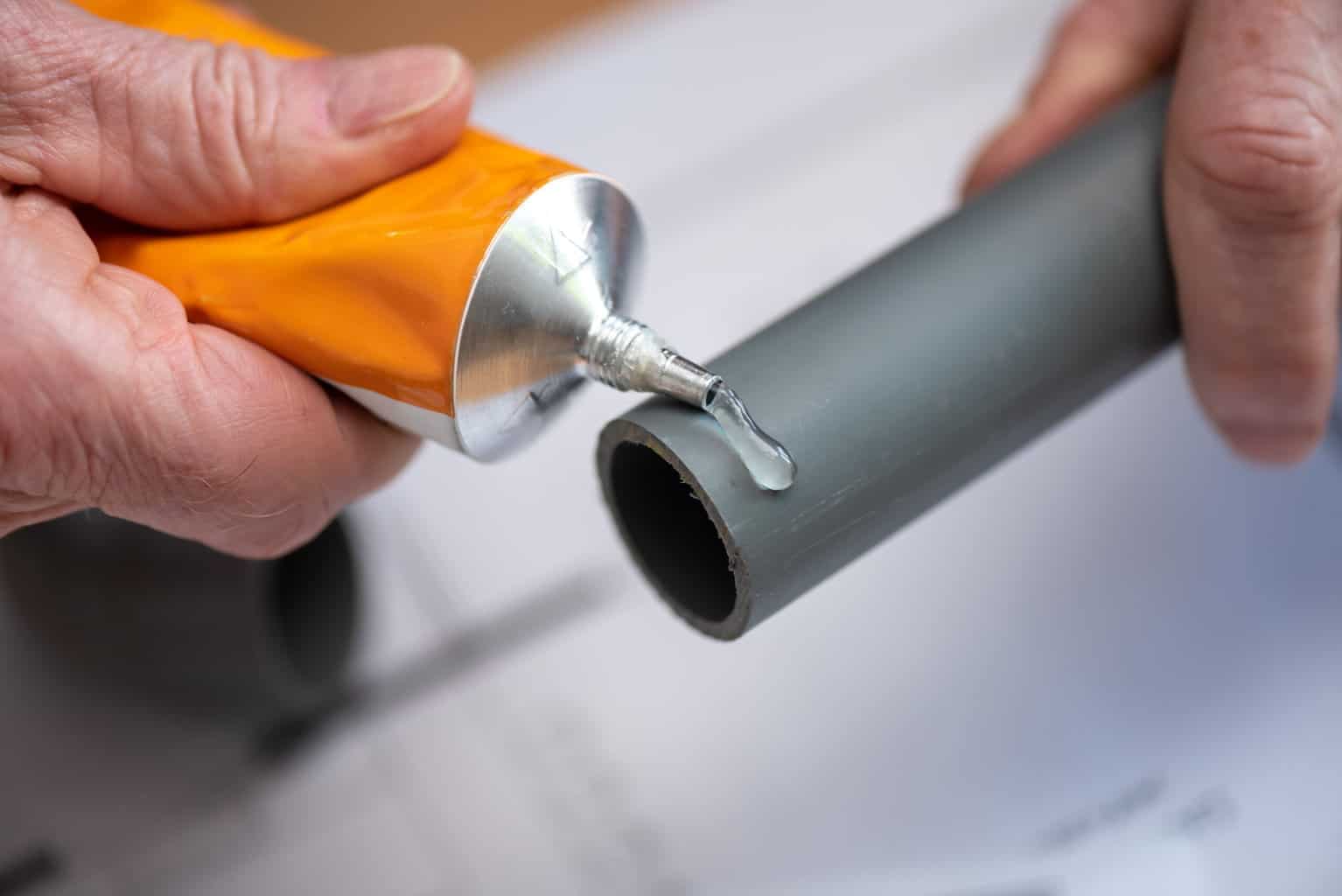What is REACH compliance?
Companies or individuals that import, manufacture, use or place on the market substances, mixtures or articles must be compliant with the REACH regulation. That means if you are based in the European Economic Area (EEA) (including Northern Ireland) or Great Britain (GB), all physical goods must be compliant with the regulation unless an exemption applies.
The legislation does not mandate proof of compliance with documents such as a REACH certificate so how does an actor become compliant with the regulation?
REACH compliance is achieved by identifying all of the regulatory duties that applies to your business operations and then complying with those obligations.
Who is this guide for?
Companies or individuals that use, trade or place physical goods on the EEA and GB markets and want to maintain access.
Maintaining REACH compliance requires many functions of a business to act responsibility and to work together. These include, but are not limited to;
- Sourcing
- Manufacturing
- Research and Development
- Environment, Health and Safety
- Marketing
- Customer Services
- Product Development
- Distribution
- Quality
Step 1: Identify your role and the type of object that you are handling
Role
There are 4 key roles;
- Importer
- Manufacturer
- Downstream User
- Distributor
Unsure of your role? Find out here.
Object
There are 3 kinds of objects;
- Substance
- Mixture
- Article
Unsure if your object is a substance, mixture or article? Find out here.
Example;
- If your GB-based company sources sulphuric acid from China then you are an importer of a substance.
- If your EEA-based company distils ethanol then you are a manufacturer of a substance.
- If your GB-based company paints car parts then you are a downstream user of a mixture.
- If your GB-based company sources bicycles from China then you are an importer of an article.
- If your EEA-based company sources garden hoses from France and you sell them in Germany then you are a distributor of an article.
Your company can have multiples roles under the regulation and you need to identify all that apply for the objects that you handle. Once you have identified your role and object then the next steps is to determine your obligations.
Step 2: Use the legislation and supporting guidance to identify your REACH obligations
It is the REACH legislation that specifies the requirements that must be obeyed by the actor, depending on the action taken with a substance, mixture or article. In addition, compliance obligations can be mandated by decisions made by agencies or other institutions.
Links to the appropriate legislation can be found on our post that summarises the difference between the different REACH legislation.
The EU and UK legislation is structured as;
- Title
- Chapter
- Article
- Chapter
The enacting terms are set out in the Article, which may be subdivided into paragraphs, subparagraphs, points, indents or sentences. Note: Article in this context is the enacting terms of a legislation, not a type of object.
Example;
Article 6
General obligation to register substances on their own or in mixtures
(1) Save where this Regulation provides otherwise, any manufacturer or importer of a substance, either on its own or in one or more mixture(s), in quantities of one tonne or more per year shall submit a registration to the Agency.
Regulation (EC) No 1272/2008
REACH Article 6 paragraph 1 states that any individual or company that imports more than 1 tonne of substance per year must register that substance with the European Chemicals Agency (ECHA). Of course, there are other paragraphs or Articles in the regulation that stipulates exemptions to this rule or when transitional arrangements apply.
The REACH regulation contains 141 Articles of enacting terms and you need to identify and comply with all that applies to your operations.
Step 3: Take action to maintain REACH compliance
The example above stipulates that an actor needs to make a registration with ECHA. What is the process for that? If the substance is already registered with the Agency, then it is the following steps that should be taken;
- Create the appropriate substance identity data
- Create an Inquiry dossier in IUCLID
- Submit the dossier to ECHA using REACH-IT
- If no counter instruction received from ECHA, obtain a Letter of Access to the information requirements
- Upgrade the Inquiry dossier to a registration dossier
- Submit the registration dossier via REACH-IT
- Pay the registration fees
- Receive a registration number
- Maintain or upgrade your registration dossier
The costs associated with an EU REACH registration can be found here.
The process steps outlined above are specific to EU REACH. If you need to comply with UK REACH then there will be a different process.
If you have duties under Article 6(1) it is extremely likely that you will have other obligations to follow to remain compliant. For example, Articles 31 and 32 mandate that you should communicate this registration number to your customers but many other Articles could also apply.
Article 32
Duty to communicate information down the supply chain for substances on their own or in mixture for which a safety data sheet is not required
(1) Any supplier of a substance on its own or in a mixture who does not have to supply a safety data sheet in accordance with Article 31 shall provide the recipient with the following information:
(a) the registration number(s) referred to in Article 20(3), if available, for any substances for which information is communicated under points (b), (c) or (d) of this paragraph;
Regulation (EC) No 1272/2008
In summary
- Identify your role and the type of object that you are handling
- Use the legislation or guidance to identify your REACH obligations
- Take action to maintain REACH compliance
The difficult part of REACH compliance is to identify all of the obligations that may apply to your business. In this series of posts we will explore various enacting terms under the legislation so that you can learn about your roles and how to maintain compliance.
Need help with chemical legislation compliance?
Speak with a regulatory expert for FREE.








Pingback: Create better REACH compliance statements | REACH Compliance
Pingback: REACH regulation impact on jewellery - Compliance and Sustainability Ltd